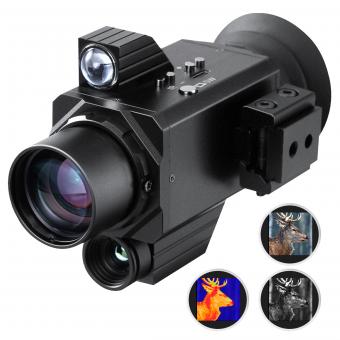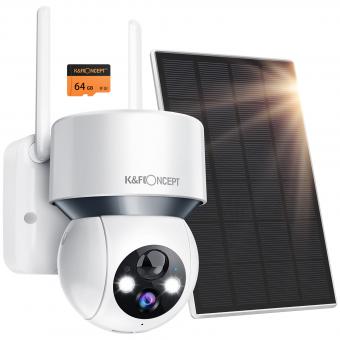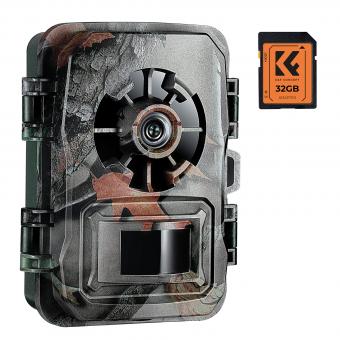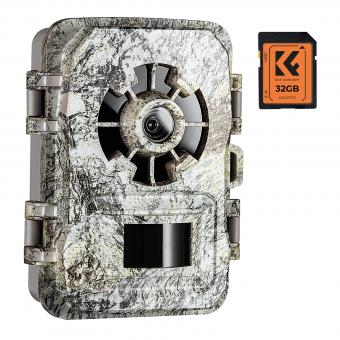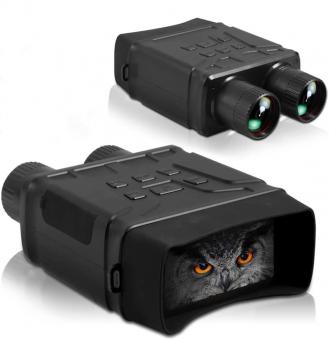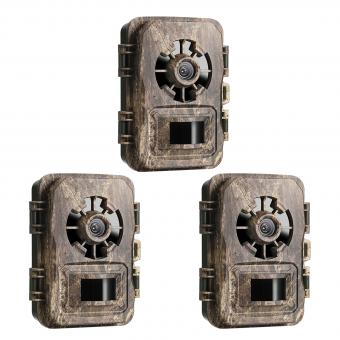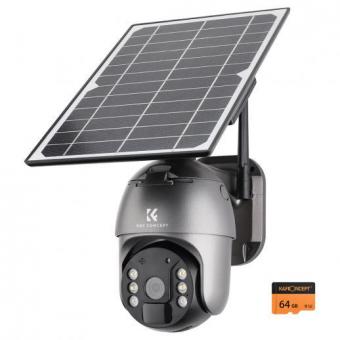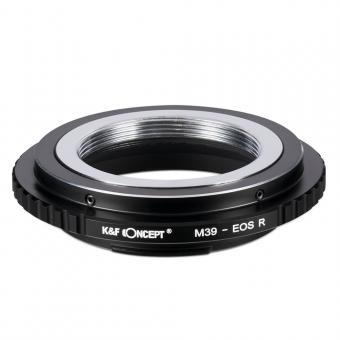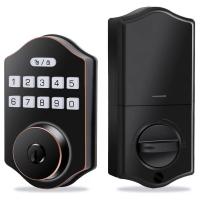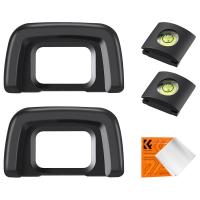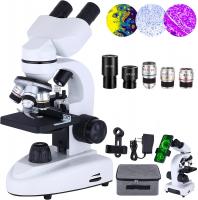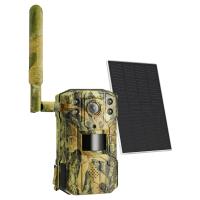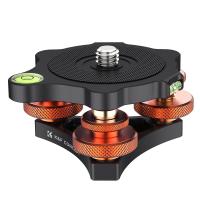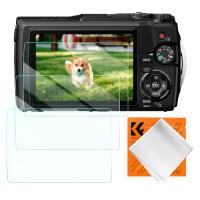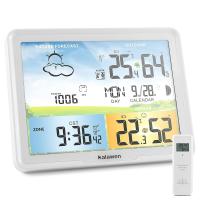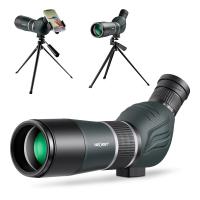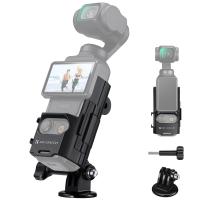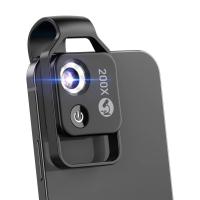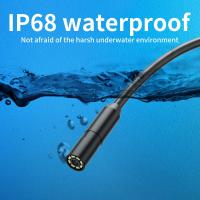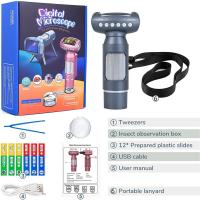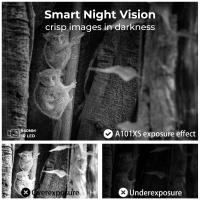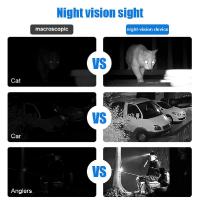Which Is Better Night Vision Or Thermal Imaging ?
Night vision and thermal imaging are two different technologies used for detecting objects in low-light conditions. Night vision amplifies the available light to produce a visible image, while thermal imaging detects the heat emitted by objects to produce an image.
Both technologies have their advantages and disadvantages. Night vision is better suited for detecting objects that emit visible light, such as stars, streetlights, and headlights. It is also more affordable and widely available than thermal imaging.
On the other hand, thermal imaging is better suited for detecting objects that emit heat, such as animals, humans, and machinery. It can also detect objects in complete darkness and through smoke, fog, and other obscurants. However, thermal imaging is more expensive and requires specialized equipment.
Ultimately, the choice between night vision and thermal imaging depends on the specific application and the user's needs. For military and law enforcement operations, both technologies are often used in combination to provide a more comprehensive situational awareness.
1、 Night vision technology
Which is better, night vision or thermal imaging? The answer to this question depends on the specific application and the user's needs. However, in general, night vision technology is considered to be better than thermal imaging.
Night vision technology works by amplifying available light, such as moonlight or starlight, to produce a visible image. This technology is widely used in military operations, law enforcement, and hunting. Night vision devices are available in different forms, including goggles, scopes, and cameras.
On the other hand, thermal imaging works by detecting the heat emitted by objects and converting it into an image. This technology is commonly used in firefighting, search and rescue, and surveillance. Thermal imaging devices can detect heat signatures even in complete darkness or through smoke and fog.
While thermal imaging has its advantages, such as being able to detect hidden objects and people, it has some limitations. For example, it cannot distinguish between objects that have the same temperature, and it cannot provide details about the shape or texture of an object.
In contrast, night vision technology can provide more detailed images and can be used in a wider range of applications. Additionally, the latest advancements in night vision technology have made it more affordable and accessible to the general public.
In conclusion, while both night vision and thermal imaging have their strengths and weaknesses, night vision technology is generally considered to be better for most applications. However, it is important to consider the specific needs and requirements of each user before making a decision.
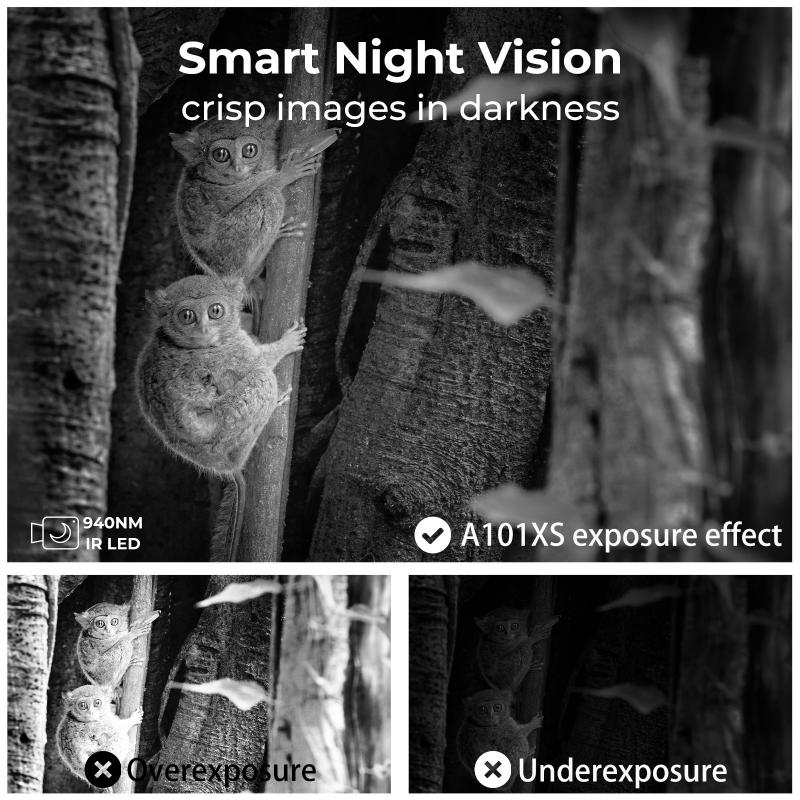
2、 Thermal imaging technology
Thermal imaging technology is better than night vision for several reasons. Firstly, thermal imaging technology can detect heat signatures, which means it can detect objects even in complete darkness. Night vision, on the other hand, relies on ambient light to function, which means it is not effective in complete darkness.
Secondly, thermal imaging technology can detect objects at a much greater distance than night vision. This is because thermal imaging technology detects the heat emitted by objects, which means it can detect objects at a distance of several hundred meters. Night vision, on the other hand, has a limited range and is only effective at short distances.
Thirdly, thermal imaging technology can detect objects through smoke, fog, and other obscurants. This is because thermal imaging technology detects heat signatures, which are not affected by smoke or fog. Night vision, on the other hand, is affected by smoke and fog, which can reduce its effectiveness.
Finally, thermal imaging technology is becoming more affordable and accessible. In recent years, the cost of thermal imaging technology has decreased, making it more accessible to a wider range of users. This means that thermal imaging technology is no longer limited to military and law enforcement applications, but can also be used in a variety of civilian applications, such as search and rescue, wildlife observation, and home security.
In conclusion, thermal imaging technology is better than night vision for several reasons, including its ability to detect heat signatures, its greater range, its ability to detect objects through obscurants, and its increasing affordability and accessibility.
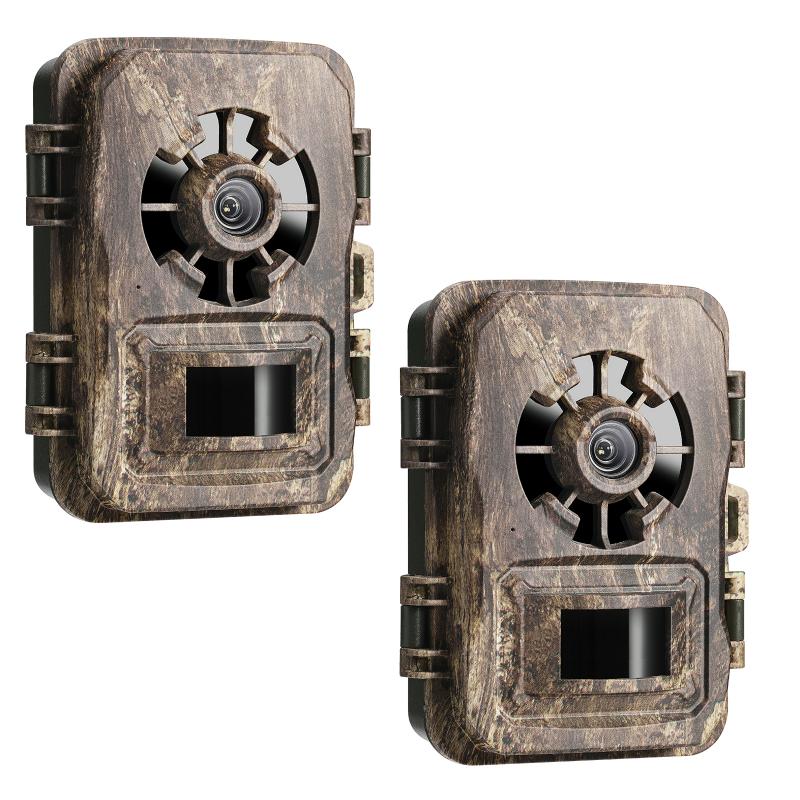
3、 Comparison of night vision and thermal imaging
Night vision and thermal imaging are two different technologies used for detecting objects in low light or complete darkness. Night vision works by amplifying the available light, while thermal imaging detects the heat emitted by objects. Both technologies have their advantages and disadvantages, and the choice between them depends on the specific application.
Night vision is better suited for detecting objects that emit visible light, such as stars, streetlights, and headlights. It is also useful for identifying camouflage patterns and distinguishing between different colors. However, night vision is less effective in detecting objects that do not emit visible light, such as animals and people wearing dark clothing.
Thermal imaging, on the other hand, is better suited for detecting objects that emit heat, such as animals, people, and vehicles. It can also detect objects in complete darkness and through smoke, fog, and other obscurants. However, thermal imaging is less effective in distinguishing between different colors and cannot detect objects that do not emit heat.
In recent years, there has been a trend towards combining night vision and thermal imaging technologies into a single device, known as a thermal night vision system. These systems offer the best of both worlds, allowing users to detect objects based on both their heat signature and visible light emissions.
In conclusion, the choice between night vision and thermal imaging depends on the specific application and the objects being detected. Both technologies have their advantages and disadvantages, and the latest trend is towards combining them into a single device for maximum effectiveness.
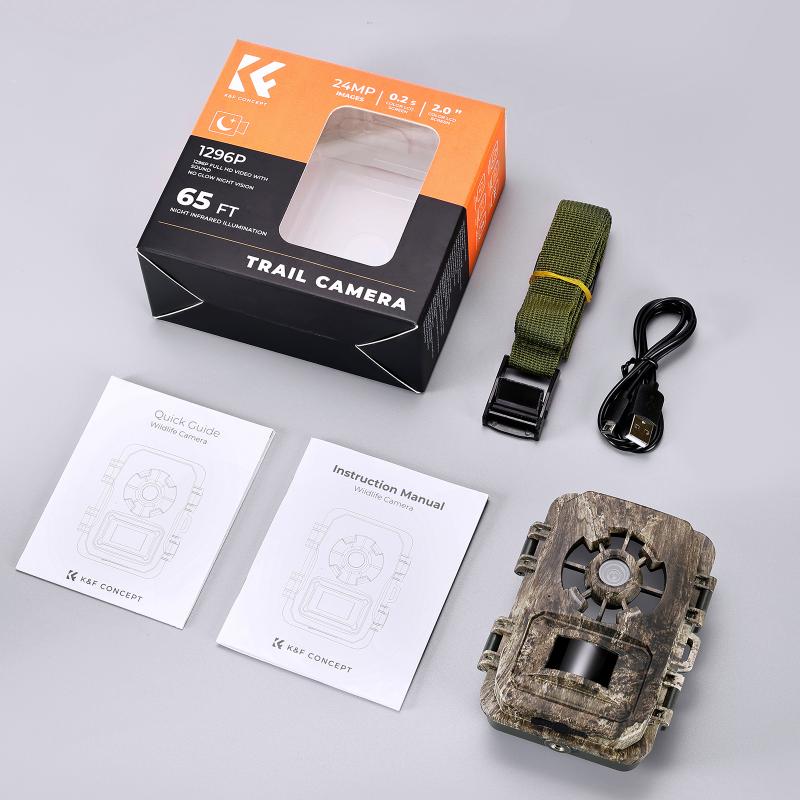
4、 Applications of night vision
Which is better, night vision or thermal imaging? The answer depends on the specific application. Night vision technology amplifies available light to produce a visible image, while thermal imaging detects heat signatures to produce an image.
Night vision is better suited for low-light conditions, such as navigating in the dark or conducting surveillance at night. It is also useful for military operations, law enforcement, and hunting. However, night vision has limitations in complete darkness or when there is no available light source.
Thermal imaging, on the other hand, can detect heat signatures even in complete darkness or through smoke, fog, or other visual obstructions. It is useful for search and rescue operations, detecting wildlife, and identifying energy inefficiencies in buildings. However, thermal imaging cannot provide detailed images of objects or people, and it is less effective in detecting camouflage or hiding individuals.
In recent years, there have been advancements in both night vision and thermal imaging technology. Some devices now combine the two technologies to provide a more comprehensive image. For example, some military and law enforcement agencies use thermal imaging to detect heat signatures and then switch to night vision to provide a more detailed image of the target.
In conclusion, the choice between night vision and thermal imaging depends on the specific application and the conditions in which it will be used. Both technologies have their strengths and limitations, and the latest advancements in technology have made it possible to combine the two for even better results.


